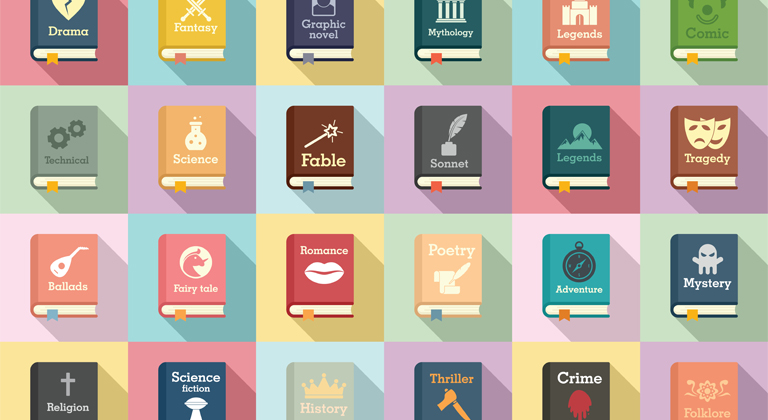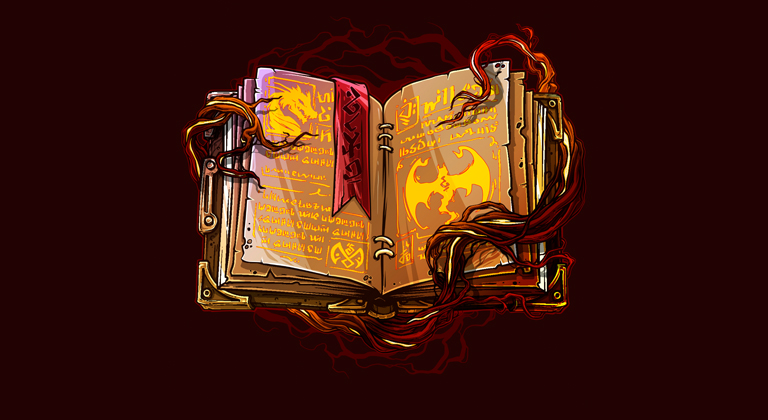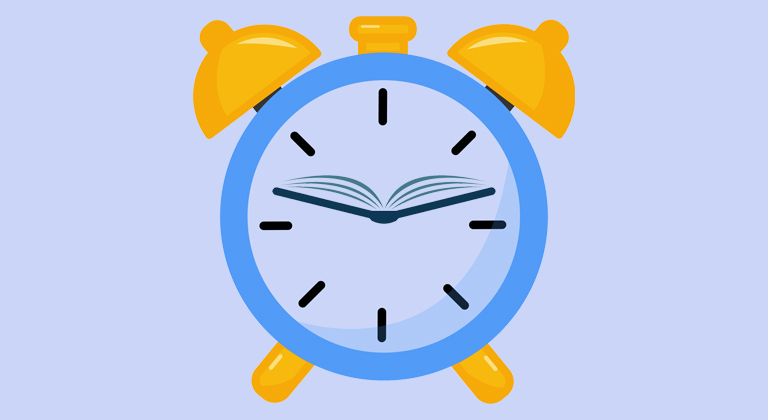What can self-published authors learn from Barnes & Noble?
Normally our learning series of articles is centered around other authors and what can be learned from them. Today, however, we’re looking at the recent moves made by brick and mortar bookstore Barnes & Noble. After unsuccessfully trying to compete head to head with Amazon, Barnes & Noble has taken a step back to focus on it’s core strengths and the factors that differentiate them from their largest competitor, as opposed to trying to compete on a playing field that is far from level.
As Ginger explains below, authors can, and should, do the same thing. By focusing on your strengths, the customer experience and what makes you unique as a writer, you can stand out from the crowd and build up an audience that appreciates you for what it is you do best.
This May, the third annual U.S. Book Show was hosted by the NYU School of Professional Studies Center for Publishing and Applied Liberal Arts, in New York City. A blended program of in-person and virtual events brought 6,000+ registrants together to learn about the current state of the publishing industry – and one guest everybody was eager to listen to was Barnes & Noble CEO James Daunt.
Most Americans will be familiar with Barnes & Noble, which is the largest brick-and-mortar bookseller in the United States, with 614 retail stores spread across every state. For the most part, it delivers exactly what Amazon doesn’t – a calm and relaxing in-person book-buying experience in well-appointed stores that include café facilities and numerous sections devoted to toys and games. It’s the complete opposite of an online-only book-buying experience like that offered by Amazon.
However, this approach hasn’t been without challenges – especially back in 2020, when Barnes & Noble was forced to shut down nearly all of its stores in response to the COVID-19 pandemic, devastating its financial performance for that year.
But since then, the company has made a miraculous recovery – and many of the things that drove Barnes & Noble back into the black are measures that we can apply to our own writing and self-publishing endeavors.
Tip #1: Focus on your strengths
The first thing we can learn from Barnes & Noble is to focus on our strengths.
The COVID-19 pandemic wasn’t the first time Barnes & Noble took a nearly-fatal financial hit. In fact, the company had been struggling for much of the past decade – reporting losses of $17 million in 2018.
There were a number of reasons for this – many of which were beyond Barnes & Noble’s control. The shift to digital publishing took a bite out of booksellers across the country, with B&N’s main rival Borders closing up shop entirely in 2011. The low profit margin of selling physical books, combined with the costs of running large retail stores in expensive locations, saw the whole company struggle to remain profitable and led to over 1,800 full-time employees getting the axe in 2018, to be replaced with part-timers making barely more than minimum wage.
But perhaps the biggest reason Barnes & Noble found itself on the ropes was its attempt to compete directly with Amazon in the self-publishing and digital reading space. Three years after Amazon launched the Kindle, Barnes & Noble responded by launching the Nook digital reading device, and the company’s own electronic bookstore. This ended up being a very challenging project – ultimately only becoming profitable once the Nook store was closed in all countries except the United States, and operations were turned over entirely to an Indian company called Bahwan CyberTek.
The fact is, chasing Amazon’s success in the digital publishing space was ultimately a mistake – and one that CEO James Daunt is keen not to repeat. Realizing that a pleasant in-person book-buying experience was what uniquely differentiated Barnes & Noble from competitors like Amazon, the focus of the company has now shifted to exactly that – with Daunt announcing that Barnes & Noble would be opening 30 new stores this year.
You can apply this wisdom to your own writing and self-publishing by focusing on what is most successful for you. For example, I self-publish motorcycle club romance novels – and do very nicely with it! But I’ve often put myself in a difficult position by branching out and experimenting with different genres, such as paranormal romance. It’s not that writing in different genres is a bad idea – but it is worth remembering that if you do so, you’ll end up committing hours of writing time and thousands of dollars in promotion and marketing for something that could end up falling short of what you’d be making if you stuck to your core genre.
The more successful you become, the more that becomes an option for you – but if you’re committed to building a sustainable baseline for your self-publishing business, then it’s definitely worth focusing on your strengths and avoiding branching out into new territory until you can afford both the time and the money to do so properly.
Tip #2: It’s all about the experience
Barnes & Noble bookstores are “important community spaces” according to James Daunt, and he’s not wrong. Back when I first moved to America, I used to go on dates to Barnes & Noble, and hang out with my friends there for hours. Barnes & Noble employees help organize book signings for local and not-so-local authors, and run story-time activities and arts-and-crafts projects for kids. What makes Barnes & Noble special is being able to go there and experience things in a way that Amazon simply can’t compete with – and that’s something you should be thinking about, too!
Whether it’s online blog tours, Facebook group parties, in-person book signings, or selling your paperbacks at fairs and events, there’s something to be said for delivering an experience beyond just the one contained within the pages of your book.
Taking the opportunity to connect with readers beyond a sales message helps foster a community around your books – and getting away from the keyboard to make face-to-face introductions to readers at fairs and markets is the quickest way ever to feel like a ‘real’ writer.
So figure out what it is you want your readers to experience when they pick up your books, and consider what opportunities you have to make that experience real. It’s not only a great way to reach new potential readers, but it’s also a lot of fun – perhaps the very reason a lot of us got into writing in the first place!
Tip #3: Figure out what makes your books unique
In James Daunt’s speech at the U.S. Book Fair, the strategy he reiterated more than any other was to “foster more autonomy and independence within each bookstore.”
Previously leaders at Barnes & Noble had tried to reduce costs and increase profitability through centralization – making company-wide buying decisions in New York City, and then applying a one-size-fits-all strategy toward the books and products each store would carry.
In theory, this should have worked – after all, buying in bulk helps massively reduce costs when it comes to selling physical books, and having a centralized vision for events, books, and marketing helps keep the entire company marching in the same direction.
But this is the sort of approach that works for retail giants like Wal-Mart and McDonalds – where customers go knowing they’ll get the same experience whether they’re shopping in Anchorage, Alaska, or Allentown, Pennsylvania. When it comes to buying books, however, that’s the opposite of what customers want.
So James Daunt wisely researched success stories from across the company and realized that many of them happened as a result of giving individual employees the power to select which books to buy, which events to run, and which titles to showcase. By showcasing local authors, hosting regional events, and allowing each location to run more independently, Barnes & Noble ended up making much stronger connections with its local customers.
This is wisdom that you can apply to your own self-publishing business. As you develop a readership for your books, try to figure out what brings readers to your titles rather than those of other authors. Then, lean more heavily into that and help carve out some metaphorical real estate that other authors simply can’t compete with. It helps you come up with interesting ideas for writing and promoting your books, and helps demonstrate to your core audience that you “get” them and aren’t just chasing whatever you think is a popular or profitable trend.
A great example is how author Jack Carr markets his books. After identifying that many of his readers are into guns and military history, he leans into that by hosting a podcast that discusses those topics, and producing a “gadget list” of real-life guns and devices the hero of his books uses in each new title. Carr even goes so far as to offer a “shot through” limited edition of his books – with the title page featuring a bullet hole he placed there himself at the shooting range!
Embracing what’s unique about your books really helps differentiate them from those of other authors; and helps build that oh-so-important connection with your readers.
Conclusion
At the U.S. Book Fair, James Daunt emphasized that his strategy for Barnes & Noble moving forward was “to better serve and connect with customers.” This is phenomenal advice, and something you should definitely take to heart as you promote and market your own books.
Ironically, though, it’s a strategy not that much different from that of Amazon itself. Amazon has always stated that their priority is a “positive customer experience” and that’s why they make the decisions they do – even if they end up hurting the self-published authors who rely on their platform.
But Daunt’s strategy for Barnes & Noble is differentiated from that of Amazon because he’s leaning into the company’s unique strengths, rather than trying to deliver the same thing their rival does.
Rather than being a liability, what separates Barnes & Noble from the likes of Amazon can be a strength if its leveraged correctly. Delivering a curated book-buying experience in a real bricks-and-mortar store is so much more exciting than ordering online, and as long as Barnes & Noble remain focused on that, it could see the company perform very strongly in the future.
Focus your efforts on similar things – such as connecting with readers, and delivering the best experience you can with your books – and perhaps you’ll see the success of your self-publishing mirror that of the new and resurgent B&N.












A great post. As a self published author I have listed my book with Barnes and Noble and hope to see that there be more opportunities for local new writers. Together, helping each other we can make a difference. Definitely meeting readers in person is much desirable bro me.
I LOVE Barnes & Noble. One of the best platforms to partner with. I’m excited to see them continue to grow. ❤️👏